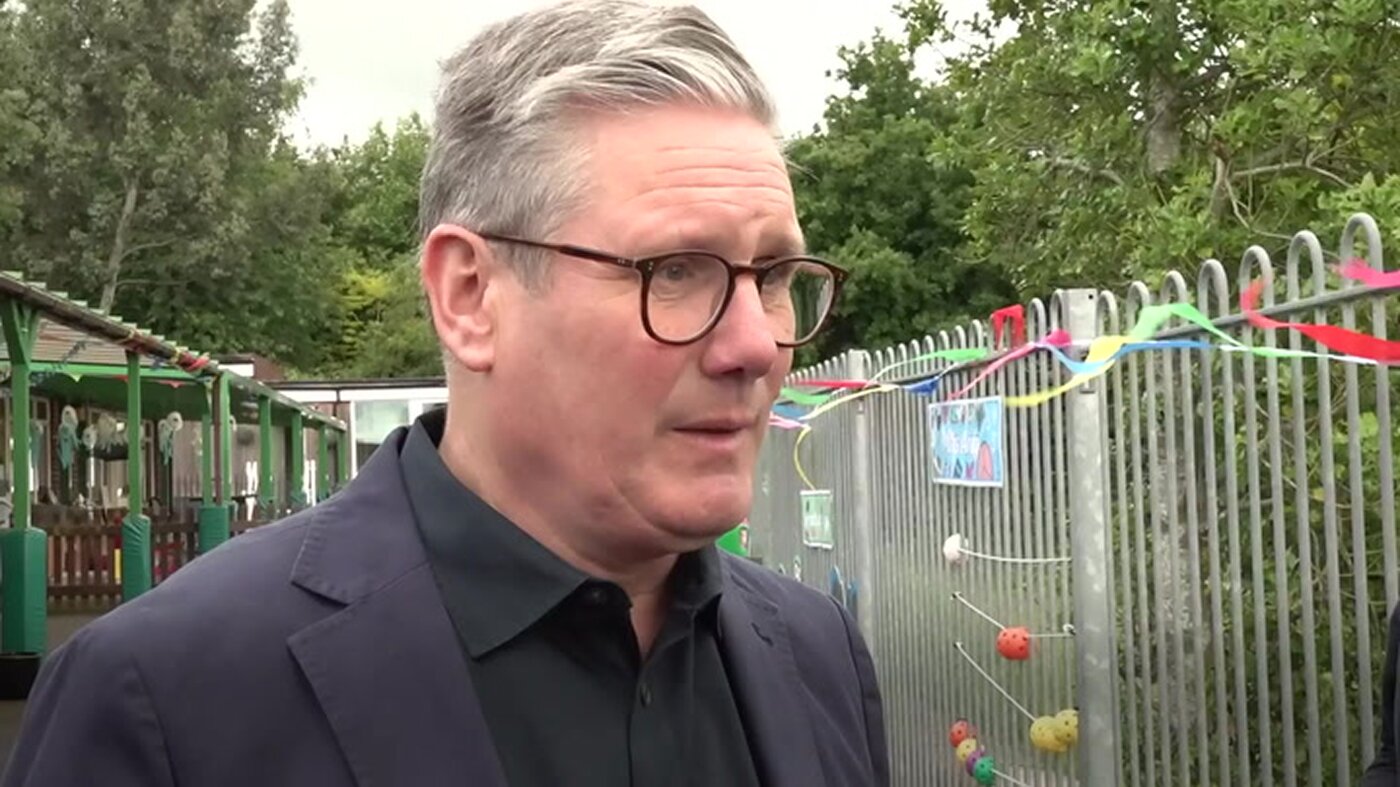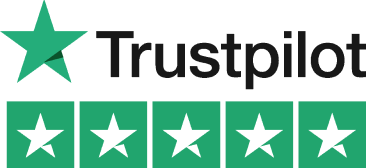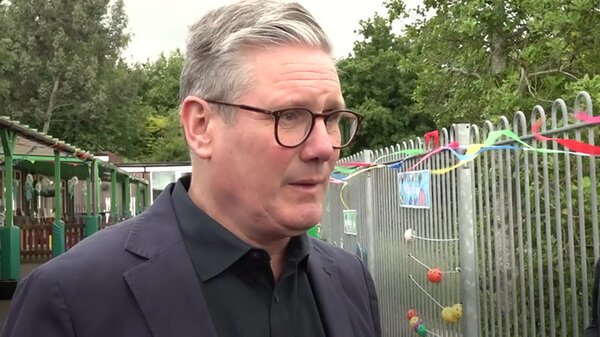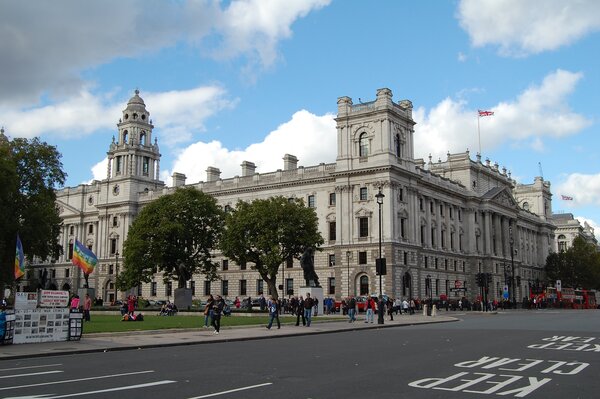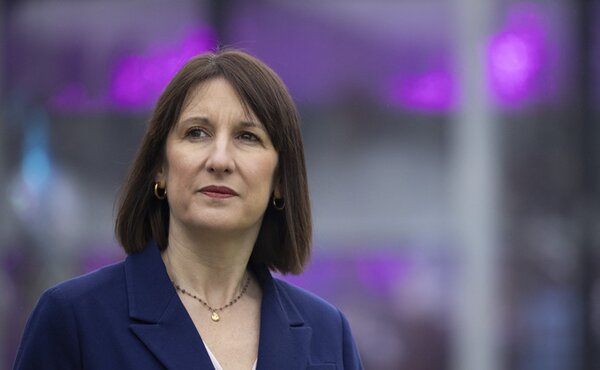Introduction
More than 25,000 pupils have departed private schools across the United Kingdom following the implementation of Value Added Tax on independent education fees, according to recent enrollment data. The policy change, which came into effect in January 2025, has triggered a significant movement of students from the independent sector to state-funded schools, placing unexpected pressure on local education authorities.
The exodus represents approximately four percent of the private school population and has resulted in the permanent closure of several independent institutions. Government officials maintain the policy will generate essential funding for state education, though initial revenue figures suggest returns may fall substantially below original Treasury projections.
Education sector analysts warn the transition could create longer-term challenges for both private institutions and state schools struggling to accommodate new pupils amid existing capacity constraints.
Thousands Leave Private Schools Amid Tax Changes
Private schools across England, Scotland, Wales, and Northern Ireland have reported substantial declines in student enrollment since the introduction of twenty percent VAT on tuition fees. Data collected from independent school associations indicates approximately 25,000 students have withdrawn from private education between September 2024 and March 2025. The Independent Schools Council, representing over 1,400 member institutions, confirmed the departures represent the largest single-year decline in private school attendance in recent decades.
The VAT implementation has added significant costs to families, with average annual fees at day schools rising from approximately £15,000 to £18,000 per child. Boarding school families face even steeper increases, with costs jumping from an average £35,000 to £42,000 annually.
Financial advisors report many middle-income families, who previously stretched budgets to afford private education, have found the additional expense unsustainable alongside rising mortgage rates and general cost of living pressures.
Government Revenue Falls Short of Expectations
Treasury officials initially projected the private school VAT policy would generate approximately £1.5 billion annually for state education investment. However, preliminary data from the first quarter of implementation suggests actual revenues may reach only £900 million to £1 billion for the current fiscal year.
The shortfall stems primarily from higher than anticipated student departures and school closures, which have reduced the taxable base below original calculations. The Office for Budget Responsibility conducted an independent assessment in February 2025, revising revenue estimates downward by thirty-five percent. Economic analysts attribute the discrepancy to underestimation of price elasticity within the private education market.
Families demonstrated greater sensitivity to fee increases than government modeling predicted, particularly within income brackets earning between £50,000 and £100,000 annually, where the majority of private school families fall.
Regional Variations in School Closures and Pupil Movement
Geographic analysis reveals significant regional disparities in how the VAT policy has affected private education. Scotland has experienced the highest percentage of school closures, with fourteen independent institutions ceasing operations since September 2024. Rural areas have been particularly vulnerable, where smaller schools operate on thin financial margins and serve dispersed populations unable to absorb fee increases.
Greater London and the Southeast have seen fewer permanent closures but substantial enrollment declines at mid-tier private schools. Elite institutions with established reputations and international student populations report minimal impact, with some actually recording modest enrollment growth as families consolidate choices toward perceived premium options. Northern England and Wales have experienced moderate disruption, with approximately six schools closing and several others merging operations to maintain viability.
Local education authorities in affected regions report varying degrees of preparation for absorbing displaced students. Urban areas with surplus capacity in state schools have managed transitions more smoothly, while rural and suburban districts face classroom shortages and teacher recruitment challenges.
Financial Strain on State Schools and Local Authorities
State schools receiving former private school pupils have encountered unexpected budgetary pressures despite government assurances of additional funding. The per-pupil funding allocation of approximately £6,500 annually falls significantly short of the actual costs many families previously paid for private education. Schools report particular challenges providing specialized support services, including special educational needs assistance, advanced placement courses, and extracurricular programs that private school families previously accessed.
Local authorities estimate they require an additional £400 million collectively to adequately support infrastructure expansion and teacher hiring necessary to maintain educational quality standards. The National Association of Head Teachers released a statement in March 2025 expressing concern that promised government funding would not materialize until the next fiscal year, creating cash flow problems for schools absorbing new pupils immediately. Capital expenditure requirements pose additional challenges, as physical classroom space limitations prevent some schools from accepting all applicants.
Temporary structures and expanded class sizes have become common solutions, raising questions about educational outcomes and teaching effectiveness. School leaders emphasize that while they welcome all students, adequate resources must accompany enrollment increases to prevent degradation of educational standards across the state sector.
Political Response and Opposition Criticism
The Labour government has defended the VAT policy as essential for addressing longstanding inequalities in educational funding. Education Secretary Bridget Phillipson stated in February 2025 that the policy represents a fair approach to ensuring wealthy families contribute proportionally to educational infrastructure.
Government officials argue that despite implementation challenges, the policy corrects an unjustifiable tax exemption that primarily benefited higher-income households. Opposition parties have intensified criticism as enrollment data and revenue shortfalls have emerged. Conservative Party education spokespersons characterize the policy as ideologically driven and economically counterproductive. They argue the government failed to conduct adequate impact assessments and ignored warnings from education sector stakeholders during policy development. Liberal Democrat representatives have called for a comprehensive review of the policy's first-year effects before proceeding with full implementation. Parliamentary debates in March 2025 featured heated exchanges regarding the government's responsibility for school closures and disrupted family education plans.
Opposition members presented testimony from affected families describing financial hardship and children's difficult transitions between educational systems. Government ministers countered that private education remains accessible to those who choose it, while state education receives necessary investment from broadened tax revenues.
Final Summary
The implementation of VAT on private school fees has generated significant disruption across the United Kingdom's education landscape, with over 25,000 students transitioning from independent to state schools within six months of the policy taking effect. Government revenue projections have fallen substantially short of initial estimates due to higher than anticipated school closures and family departures from private education.
Regional impacts vary considerably, with rural areas and Scotland experiencing disproportionate institutional closures while urban centers manage enrollment shifts with relative stability. State schools face considerable challenges accommodating new pupils without corresponding infrastructure investment and adequate per-pupil funding to maintain educational quality. Political debate continues intensely, with the government defending the policy as necessary for educational equity while opposition parties demand comprehensive impact reviews and potential policy modifications.
The independent school sector warns of additional closures ahead and fundamental restructuring of private education accessibility and affordability. The longer-term implications remain uncertain as the education market adjusts to new economic realities. Families, schools, and policymakers navigate complex tradeoffs between educational choice, fiscal policy, and equity considerations. Understanding tax implications across all financial decisions remains essential for families planning educational investments.
